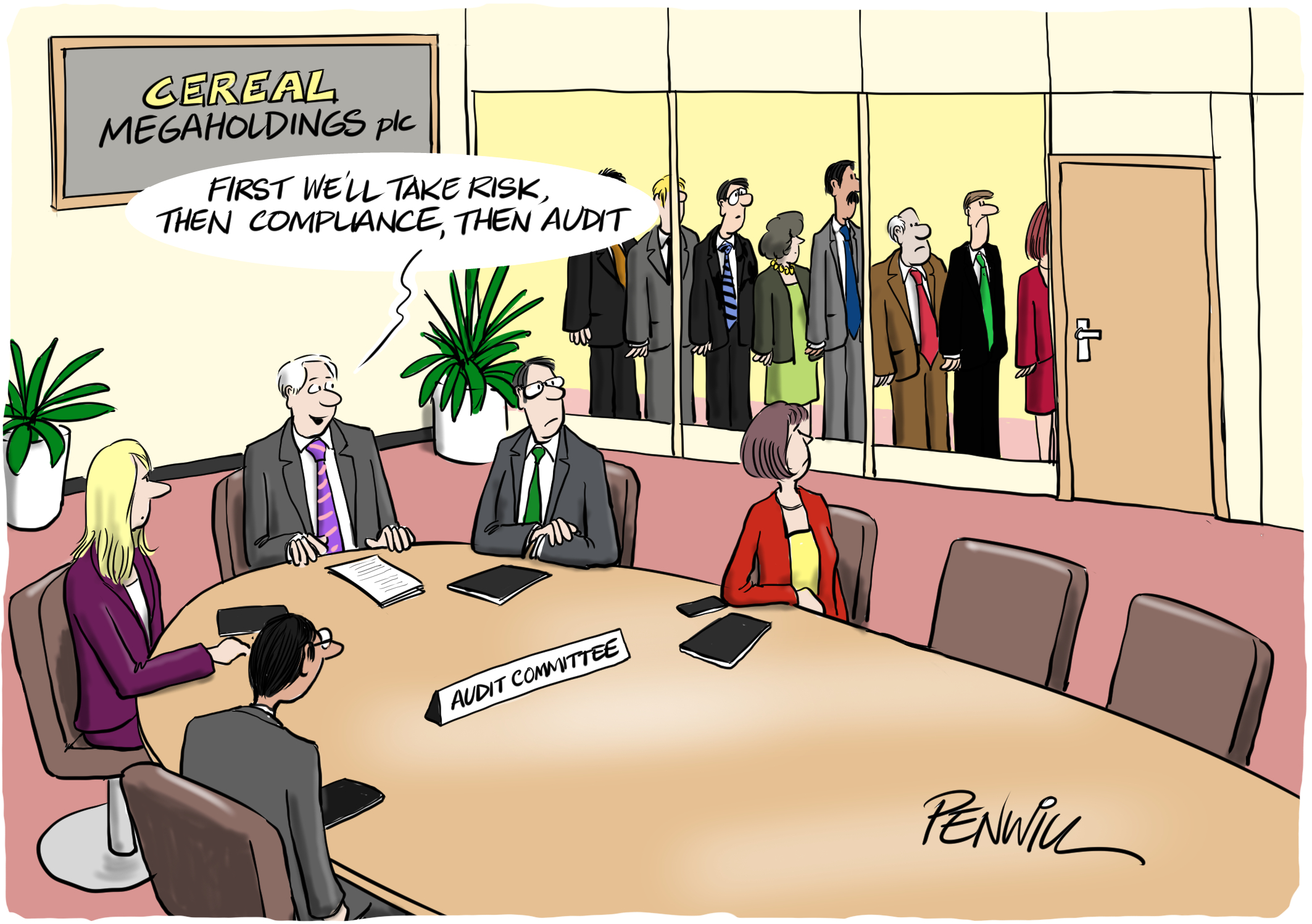03 May Breaking Silos

Most organisations bemoan silos. Everybody seems to agree that organisational structures which give rise to operational obstacles, poor communication and vested interests are A Bad Thing. At this very moment, someone somewhere will be trying to blow up some silos.
Boards know how difficult it can be to break down a silo mentality, so they are usually keen to encourage management to keep trying. But equally often the way the Board itself works will reinforce the problem.
Here we highlight what you can do to avoid this – and describe the traps that boards typically fall into.
Good practices to consider…
Finding opportunities to use the board agenda to help the board think across silos and departments. If the agenda is structured around reporting lines (Finance, Operations, HR…), or maybe down product lines, think what sort of insight can come from a more thematic approach.

Things to avoid…
Sticking to departmental reporting across the agenda simply because that’s how it’s always been done and because it’s easier. Yes, there are some aspects of accountability where it might be the best answer, but it need not be the default.
Good practices to consider…
Starting with technology. Technology is a common strategic driver across just about every part of the business, whether market facing or back office. Hear from business leaders what approaches are being taken to leverage technological change to serve customers better, improve performance and strengthen resilience.

Things to avoid…
Thinking that a report to the Board from the Chief Technology Officer will be enough to generate a good discussion on technological change and its impact. It will more than likely end up in something overly technical which is difficult to relate to the business or slip into a focus on IT department issues and cyber security. Better to hear from a range of leaders about how technology is changing what they do.
Good practices to consider…
Looking at how the people strategy is driving change across functions. Hearing from across the management team about how the people strategy is helping them (or hindering them…) to improve competitiveness and manage risk.

Things to avoid…
Looking only to the HR leader and relying on a “people” agenda item (usually squeezed in at the end of the board meeting so it can be conveniently skipped over when the meeting overruns). What matters strategically is the impact the people strategy is having, not just the way HR are developing and administering it.
Good practices to consider…
Working across the control framework by bringing together reporting from across the “second line” (risk management, compliance, IT security…) along with the “first line” (those who need to make the controls work). Think about “what needs to go right” if the business objectives are to be achieved, what’s being done to make that happen and how you’d know if something is going wrong.

Things to avoid…
Overseeing controls based just on functional reporting – especially in the Audit & Risk Committee. Separate processes and teams will be involved but the overall objectives are common: stronger controls and well-managed operational risks. So to complement functional reporting, look at how an integrated report and picture can be brought together.
Good practices to consider…
Looking at culture as a common thread, influencing behaviours across the organisation and helping to break down silos as managers aim to build in a common set of values and behaviours. This means hearing how business leaders are working together to achieve the desired organisational culture.

Things to avoid…
Approaching culture as something led by HR. Ownership must sit with the executive leadership team as a whole, with a co-ordinated push that benefits from drawing on each other’s experience and learnings. Boards need to hear from across the leadership, not just turn to HR when they reach the “culture” item on the agenda.
Good practices to consider…
Understand how risk ownership is working across silos. Risk exposures don’t respect your functional or organisational boundaries – so there needs to be a firm-wide view of risk and a common approach to mitigation.

Things to avoid…
Relying only on risk ownership allocation for oversight. Yes, identifying risk owners is important in terms of accountability. But in the same way that risk exposures work across silos and organisational lines, oversight needs to look at how risks are being managed across the organisation.
Good practices to consider…
Look to the CEO to explain how management are working together to combine strengths and thinking and improve decision-making. The CEO Report is a good place for cross-functional reporting to draw out how progress towards strategic objectives is being achieved.

Things to avoid…
Accepting a CEO Report which is focused on recent activity and transactional successes. What is more important is to hear how the organisation is working together to drive strategy and to meet the challenges to come.
Good practices to consider…
Ask about how the executive leadership team has approached board items. The aim is to understand the checks and balances within the team and how that debate is reflected in, for example, executive proposals and the risk picture. And to understand how the team works to bridge the organisational divides so that the proposals and risk picture reflect the whole organisation’s strengths and weaknesses, not just one part.

Things to avoid…
Focusing the board discussion on the responsible executive alone. They might be responsible for bringing it to the Board and accountable for execution. But there will be interdependencies across the organisation, and invaluable knowledge and expertise across the wider executive team.
Download This Post
To download a PDF of this post, please enter your email address into the form below and we will send it to you straight away.


